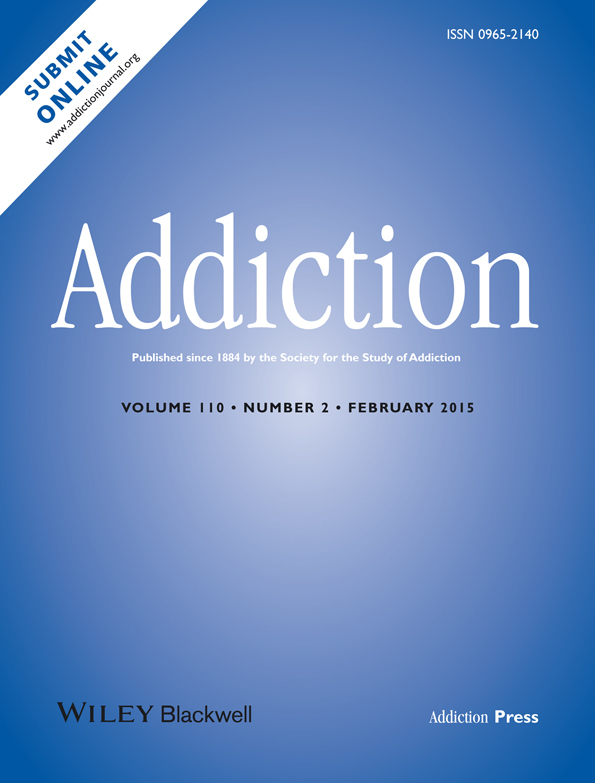Tests of the effects of adolescent early alcohol exposures on adult outcomes
Abstract
Aims
To determine whether early adolescent alcohol use contributes to adult alcohol use, misuse and other adult substance-related and social outcomes.
Design
In a longitudinal study of twins assessed at target ages 11, 14 and 24 years, two techniques adjusted for confounding factors: a propensity score (PS) adjusting for the effects of measured background covariates and co-twin control (CTC) adjusting for confounding by unmeasured (including genetic) factors shared within early alcohol exposure-discordant pairs.
Setting
The community-based Minnesota Twin Family Study.
Participants
A total of 1512 (50.3% female) twins.
Measurements
Early adolescent alcohol exposures, adult substance-related and social outcomes and background variables reflecting behavioral, familial and environmental characteristics.
Findings
Background covariates unbalanced between those with and without early alcohol exposure were balanced through PS-based weighting, leaving several adult outcomes related to substance use or social functioning remaining significantly associated with early alcohol exposure. Similarly, the within-pair individual-level component of a CTC indicated that early alcohol-exposed twins had higher risk than their non-exposed co-twins for several, but not all, of the same adult outcomes. For example, early alcohol use was associated with an adult index of alcohol use in both PS-weighted (β = 0.57, P < 0.001) and CTC (β = 0.21, P = 0.031) analyses.
Conclusions
Early alcohol exposures predict adult alcohol problems and related outcomes, despite stringent adjustment for measured and non-measured sources of potential confounding using propensity score and co-twin control. Contrasting the methods indicated that exposure effect estimates from PS application were likely biased by unmeasured confounding factors.




